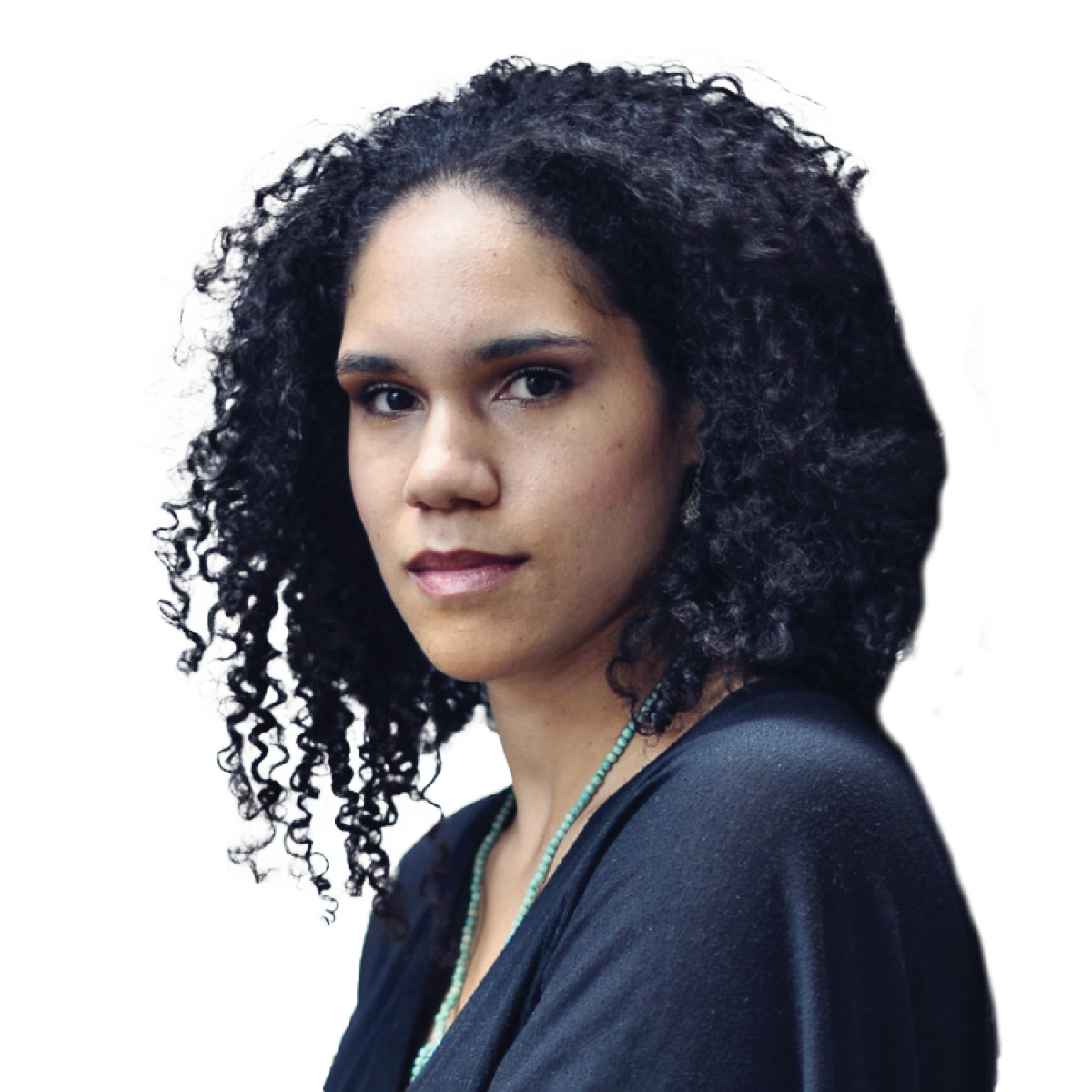
|
Rounds for Piano and String Orchestra |
Composed: 2006; revised 2012 Estimated length: |
|
Born on December 8, 1981, in |
|
|
First performance: March 27, 2022, with Awadagin Pratt as the soloist and John Morris Russell conducting the Hilton Head Symphony Orchestra. |
|
|
First Nashville Symphony performance: These are the Nashville Symphony's first performances of this work. |
|
Jessie Montgomery was born into a life in the arts. Her extraordinary gifts were recognized early on by artist parents, a mixed-race couple active in the rebelliously creative experimental scene of Manhattan’s Lower East Side in the early 1980s. Trained at a young age in classical violin, Montgomery also started composing as a child.
Now highly sought after—she was named Musical America’s Composer of the Year for 2023—Montgomery wrote Rounds specifically for Awadagin Pratt on a commission from Art of the Piano Foundation. It represents her first major composition featuring solo piano—an instrument whose personality and demands are drastically different from those of the violin, her own instrumental alter ego.
The commission is part of a larger project involving Montgomery and five other contemporary composers. Pratt, a longterm lover of poetry and literature, sought out diverse musical perspectives on a five-line excerpt from the first of T.S. Eliot’s Four Quartets (“Burnt Norton”), beginning: “At the still point of the turning world.” Pratt chose these lines as expressing “an understanding of a duality that can exist in life,” and, in the process, capturing “the manner in which music is heard: its linearity and its potential for entropy in the same moment.” The pianist and his colleagues recorded the complete set of commissions for the album STILLPOINT (just released on New Amsterdam Records).
WHAT TO LISTEN FOR
For her response, Montgomery designed a fresh approach to the structure of the rondo, a familiar classical form that brings the main musical idea back again and again after digressions into different material in intervening episodes (a relative of the ritornello discussed in reference to the Bach piece). Rounds is designed as “a rondo within a rondo within a rondo” in five major sections. One of the sections is a cadenza by Pratt that calls for improvisation (to varying degrees, depending on the performance: “from 10 to 20%,” according to the pianist).
Montgomery also describes the inspiration she found in observing fractals (“infinite patterns found in nature that are self-similar across different scales”) and in the writings of biologist and philosopher Andreas Weber on the “interdependency of all beings.” She writes: “Like Eliot in Four Quartets, beginning to understand this interconnectedness requires that we slow down, listen, and observe both the effect and the opposite effect caused by every single action and moment. I’ve found this is an exercise that lends itself very naturally towards musical gestural possibilities that I explore in the work—action and reaction, dark and light, stagnant and swift.”
Montgomery adds this poetic note to the score as a guide: “Inspired by the constancy, the rhythms, and duality of life, in order of relevance to form: Rondine – AKA Swifts (like a sparrow) flying in circles patterns; Playing with opposites – dark/light; stagnant/swift; Fractals – infinite design.”
Having performed Rounds more than 20 times since giving the premiere last year, Pratt says he admires Montgomery’s artful use of “contrast between the snappy, high-energy motif that passes through the piece and a contemplative and unhurried middle section that creates its own little world.”
Scored for solo piano and string orchestra
− Thomas May is the Nashville Symphony's program annotator.